Is geolocation the new lat-long?
/If I want to hail a ride-sharing service I can give an address as my location. Unless I am at the rear of the building or in the parking lot across the street, in which case I need to fiddle about with a pin on a slippy map. No problem, I can usually eyeball it and then just look out for the driver.
But there are other situations where an address won't do, and fiddling with pins isn't an option either. Telling the pizza company exactly where the delivery drone should land. Calling an ambulance to a remote area. Specifying a well location in the desert. Doing almost anything in the desert.
Wait, isn't this what latitude and longitude are for?
Sort of. I mean, it is what lat and long are for, but they aren't all that good at it. For one thing, there's the annoying problem of datums, which is even more annoying because hardly anyone realizes it's a problem.
Then there's the fact that to get better than 10 metre accuracy, you need 5 decimal places (or 1 decimal place in the seconds if we're talking DMS). So, even without the all-important datum, your average lat-long pair in N America would need at least 18 characters in decimal notation: 44.44845N64.37565W. This is not terribly user-friendly.
What are the alternatives?
In the last ten years or so, several alternatives to addresses and lat-longs have emerged. For example, one interesting geocoding system — geohash.org — encodes locations as strings of letters and digits. The location of my fictional 'pick up point' would be dxfhz5e4fxs. A bit of a mouthful perhaps but the system helpfully omits some easily confused characters, like lower-case L, and is case-insensitive. Another really nice feature: the string is big-endian so you can remove characters from the right to get a bit less precision.
In 2013, what3words burst onto the geolocation scene with an ingenious proprietary algorithm uniquely transforms the location of every 3 x 3 m square on Earth into three pronounceable words. My pick-up location becomes a cryptic crossword clue: dreadlocks.boarded.pageant. One feature of the scheme is that similar-sounding locations are not neighbours, avoiding near-miss confusion. For example, the square to the west of mine is called lawmakers.sieves.breezes, and the similar-sounding deadlock.boarded.pageant is in the middle of a field in New South Wales. Mercedes and Dominoes Pizza are experimenting with what3words.
More recently still, Open Location Codes have got some traction. Also called plus codes — a clue that they were invented by Google — they are a really nice example of a well-executed open standard, with fully open code, reference implementations in lots of languages, a public-facing website, and great documentation. My location's plus code is 87PQCJXF+9Q. Like the geohash, it can be shortened — but only in particular ways, for example, I could give the code as CJXF+9Q, Mahone Bay. Unlike what3words, Open Location Codes are free to use. My guess is that we'll be seeing them all over the place as self-driving cars and drones become more widespread.
Mapcodes, developed in about 2001, are yet another implementation of geocodes. Their main feature is the use of very short codes for densely populated places. However, there are some problems. For example, codes can be specified with or without country and region codes — but the different versions do not resemble each other.
For comparison, here's how I might describe my pick up location on the map at the top of this post:
Useful for geoscience?
They certainly seem easier to wield that lat-long, and you don't need to worry about datums anymore, but perhaps they feel too new or ephemeral to catch on for some geospatial practitioners. I also wonder why no-one seems to have thought about the 3D problem yet... Which floor of the apartment building is this pizza going to? How far down this mine is the heart attack victim? At exactly what depth in this lake was the wreckage of the self-driving car found?
What do you think? will any of these schemes gain traction? Might any of them be useful in science or engineering applications? Will you be experimenting with them?
I can't leave the subject of geolocation codes without mentioning geohashing — a sort of cross between geocaching and professional nerdism. Invented in 2008 by xkcd creator, Randall Munroe, geohashing involves generating random locations via an MD5 hash, then visiting that location without getting lost or beaten up.
Update: You can access this algorithm right from Python: from antigravity import geohash











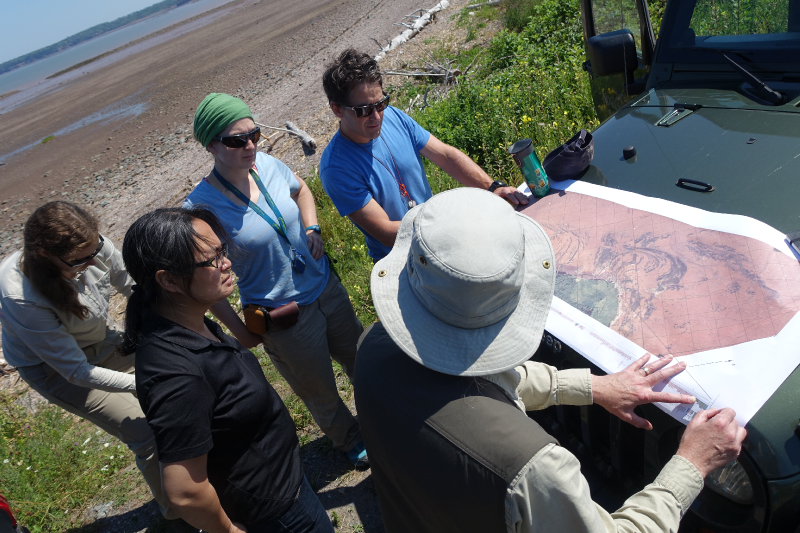
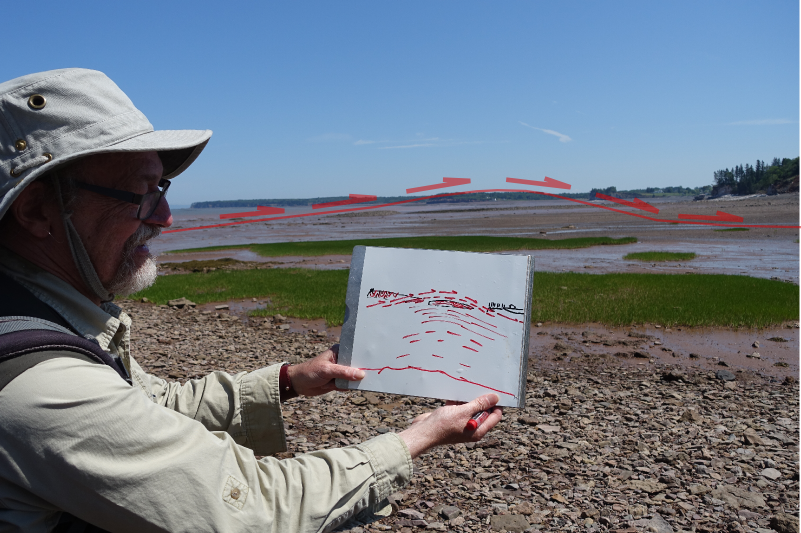
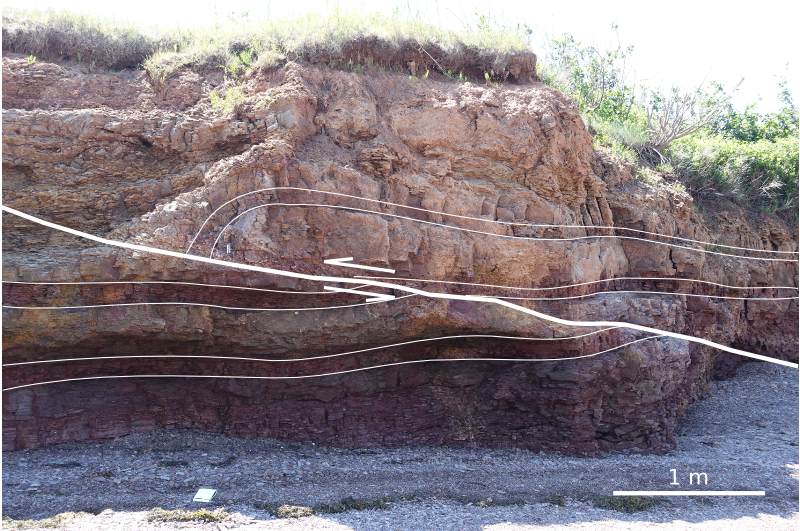
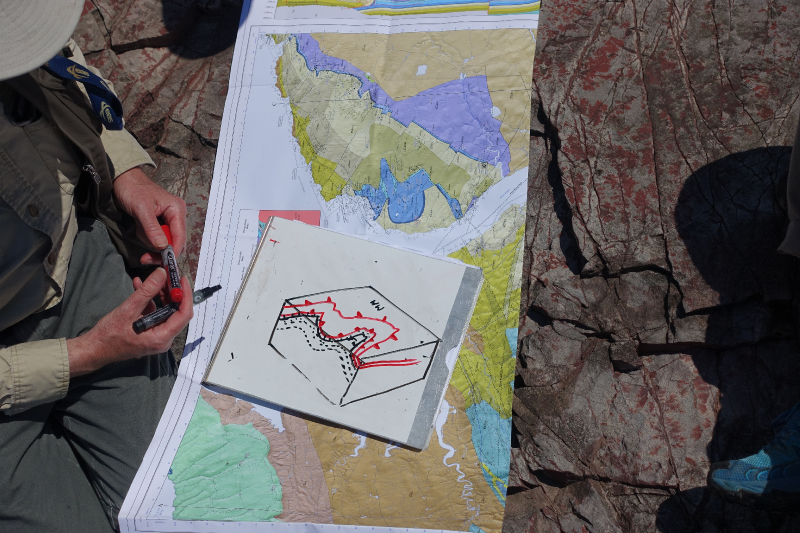

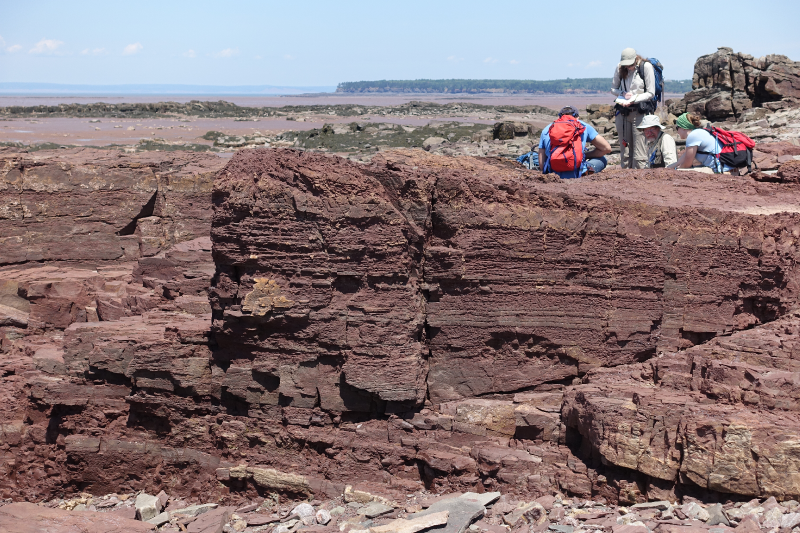
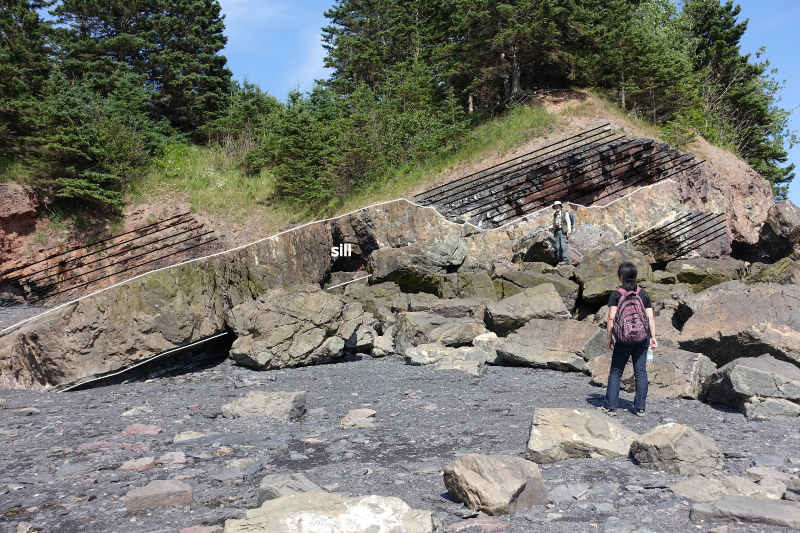
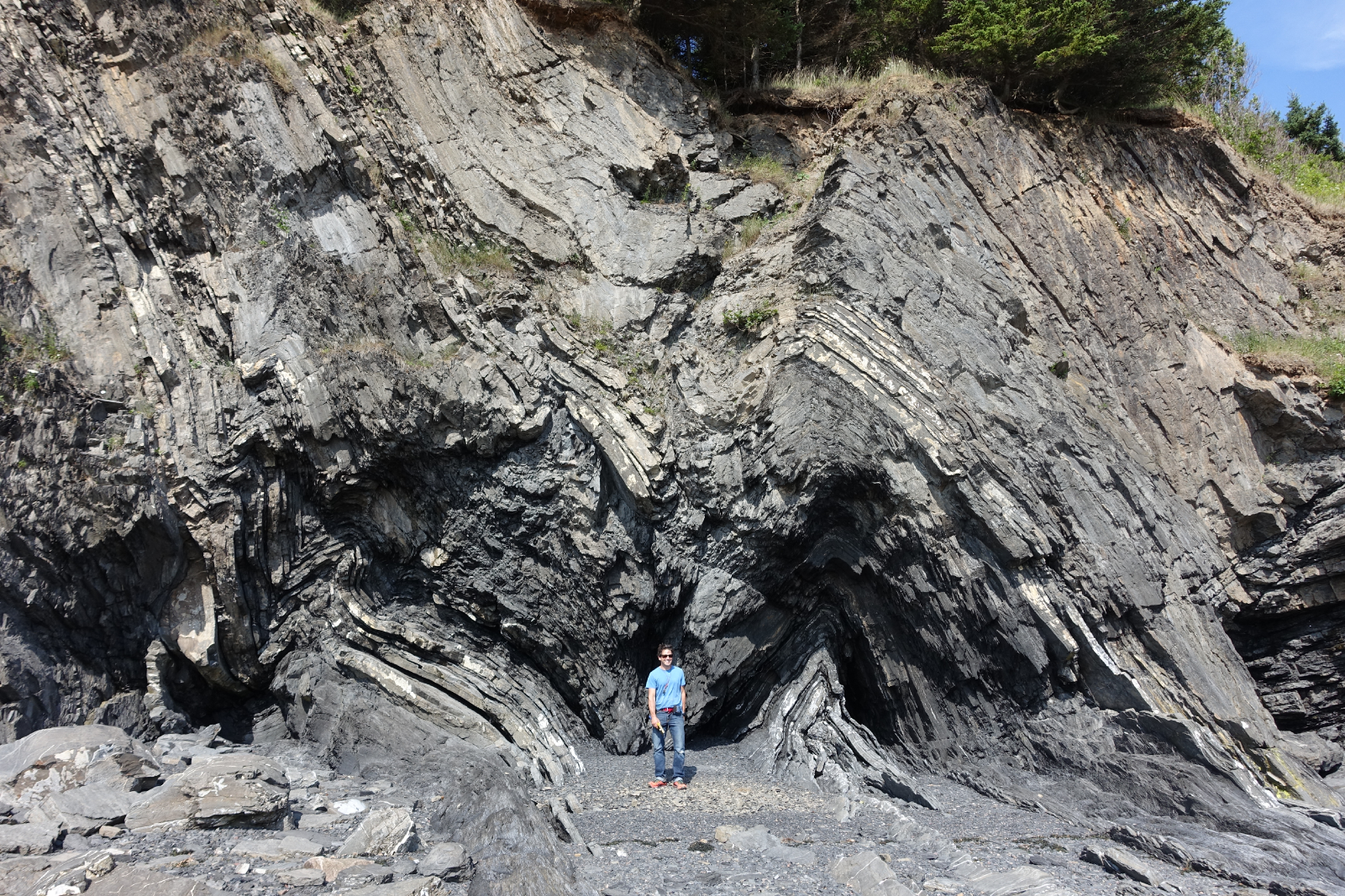
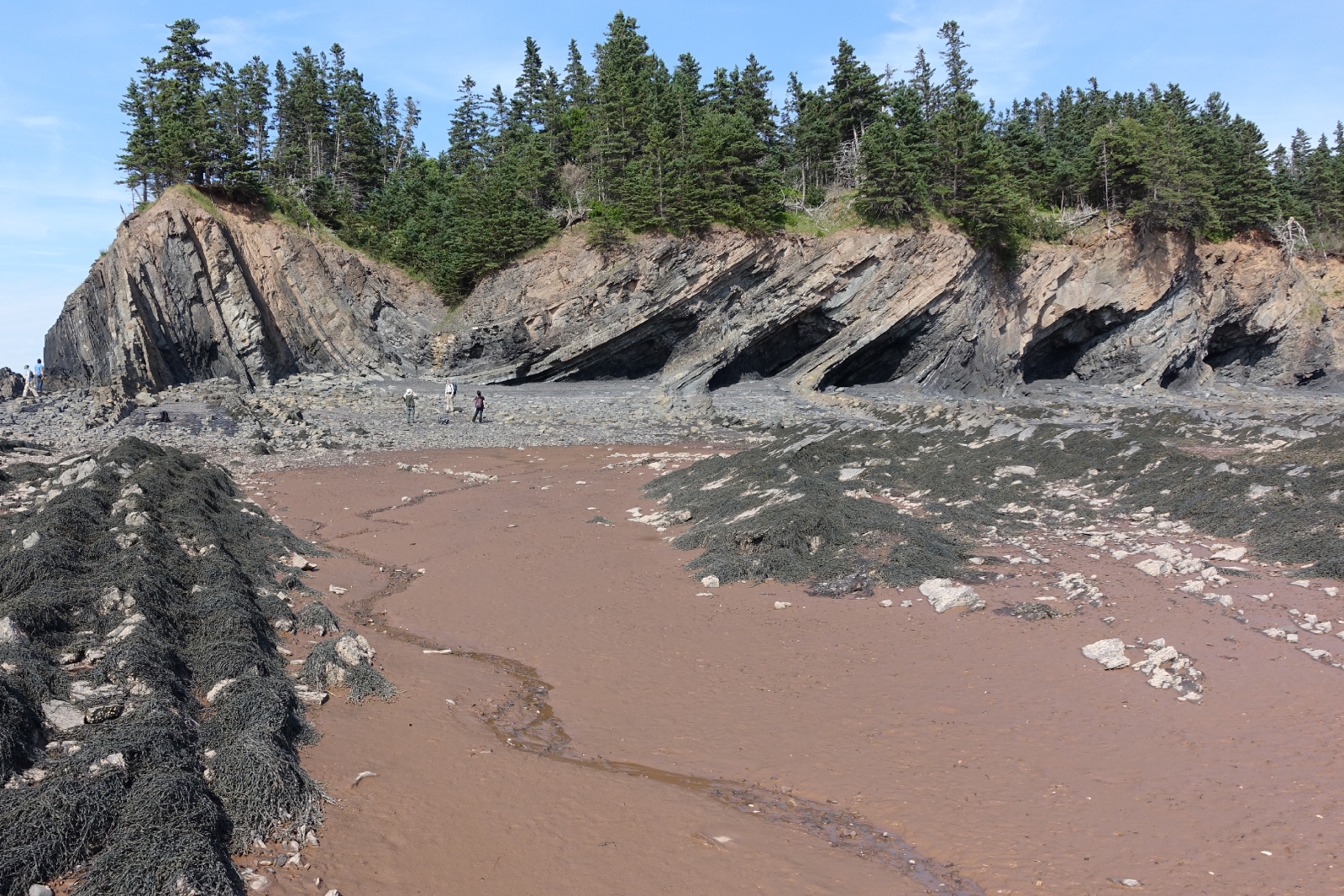
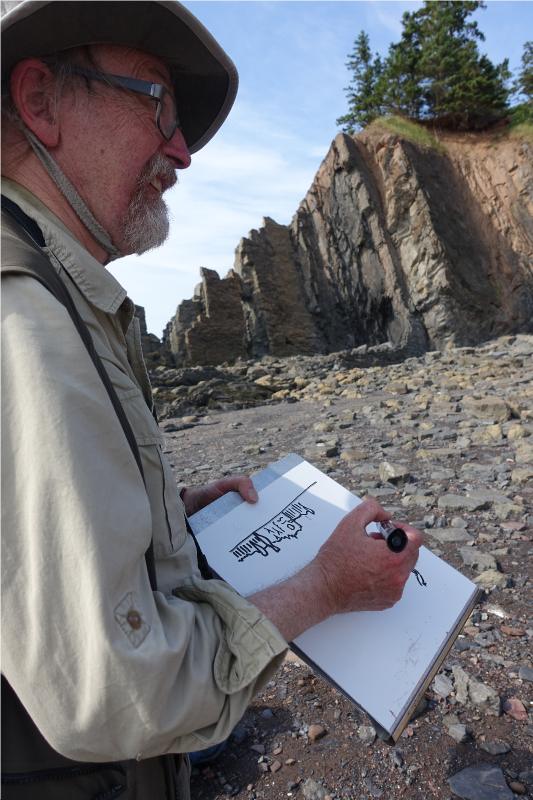
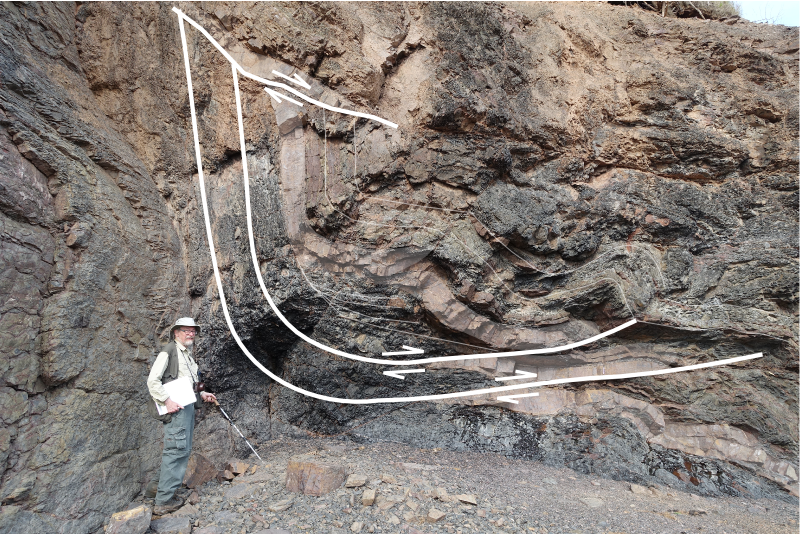
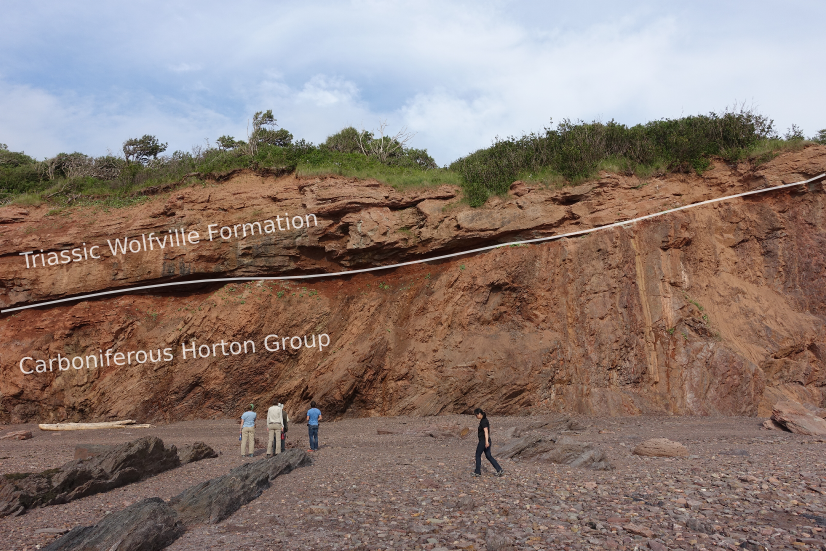

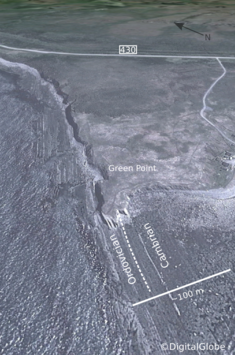


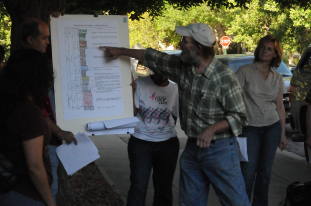
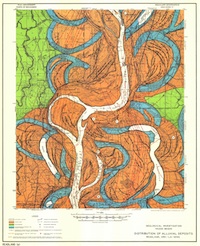

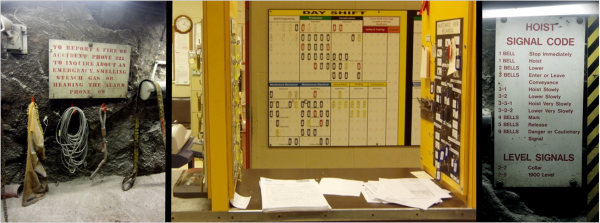
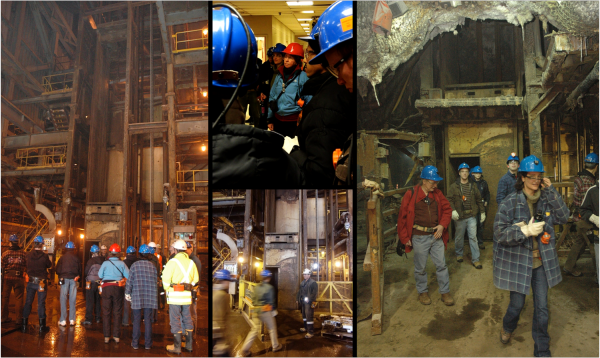
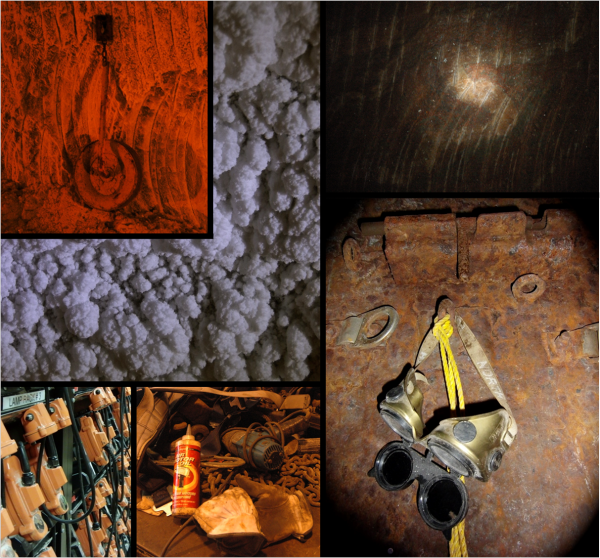
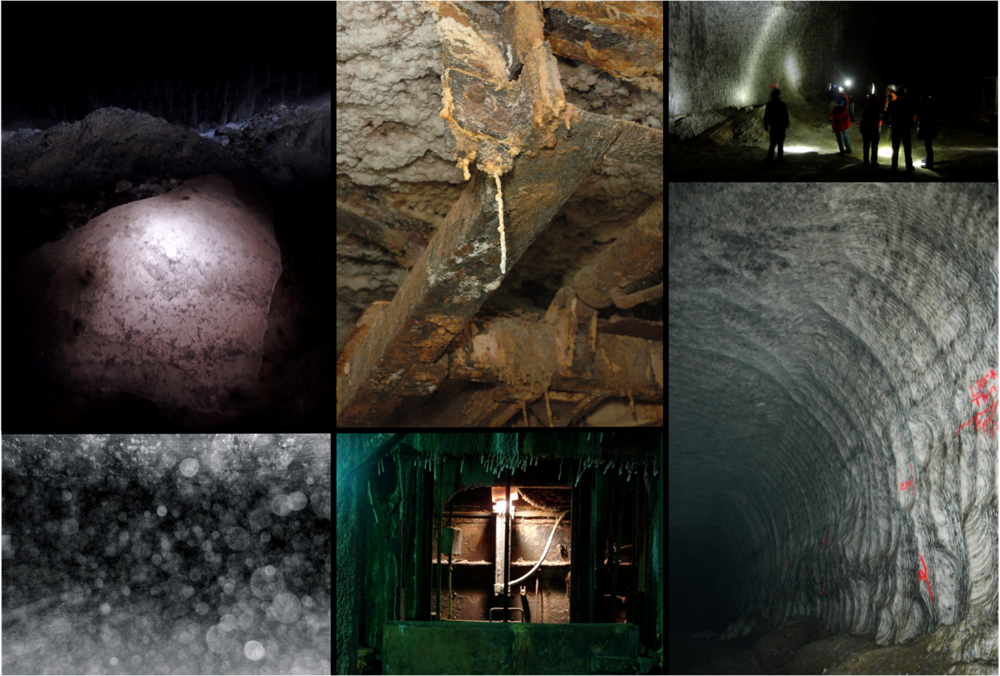
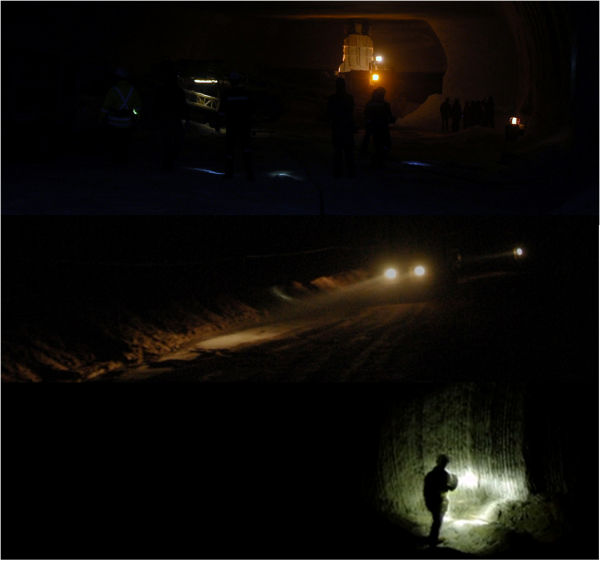
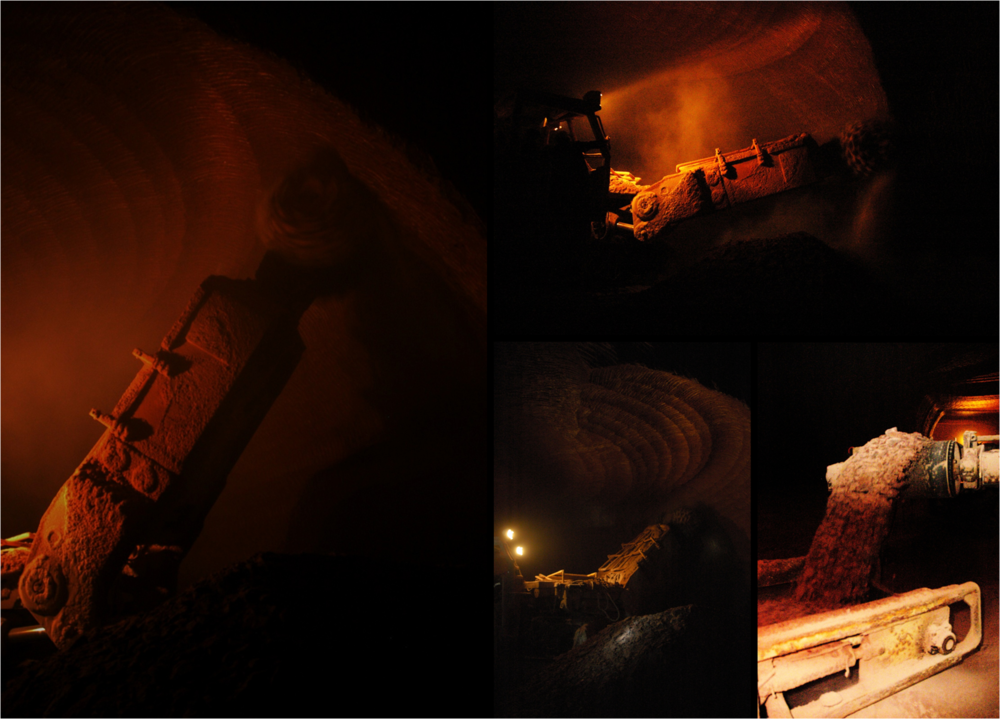






 Except where noted, this content is licensed
Except where noted, this content is licensed